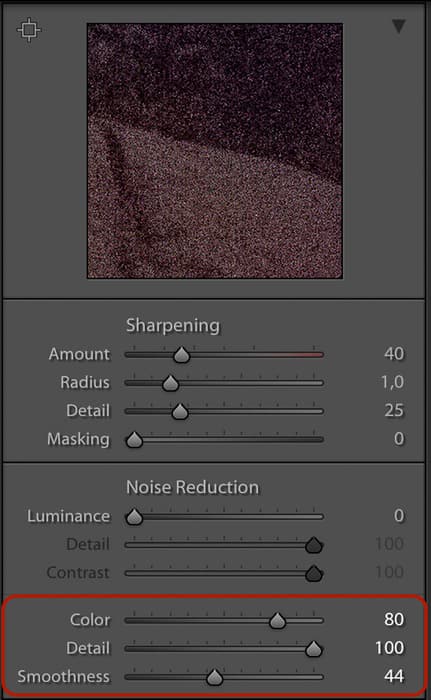
The top one is strength, on a scale of 1 to 10. Otherwise, Reduce Noise’s sliders may be named somewhat differently, but they’ll have a similar impact to the noise reduction sliders in ACR and Lightroom. If you’re serious about rectifying green channel noise, for instance, this can be an ideal approach to localize adjustments precisely where they’re needed-helping to retain important detail and target the correction specifically to noise. Then the basic or advanced radio button keeps it simple and straightforward or adds the ability to apply these noise reduction effects to each individual color channel. A pop-up window appears, offering first a checkbox that shows a preview of the effects as applied. Open an image in Photoshop and look for the Reduce Noise option under the Filter menu’s Noise heading. Those who don’t shoot RAW image files have a bit of a tougher time removing noise, but it can still be done in Lightroom as well as Photoshop. They work in just the same way as explained above for the corresponding sliders in Adobe Camera Raw. Below the Sharpening sliders, look for the Noise Reduction heading, where you’ll find Luminance, Detail and Contrast sliders for correcting luminance noise, and below that the Color, Detail and Smoothness sliders for eliminating color noise. In Lightroom, the noise reduction controls are found in the Develop Module, under the Detail tab. The only slight difference is in the names of the sliders, although their effects are the same. That means the noise reduction approach-as well as the interface-are virtually identical. If you’re a Lightroom user, good news: The processing engine in Lightroom is the very same one used by Adobe Camera Raw. When finished with the noise reduction, click the Open Image button to open the photo in Photoshop for further editing.

Color Detail helps to maintain important image-forming information, particularly in small areas of fine detail and edges, while Color Smoothness makes sure speckled or mottled areas of color end up smoother and more uniform. A higher setting on the Color slider brings down color noise-with too much again creating that plastic appearance. The sliders work in much the same way as with luminance noise, but they’re specifically designed to target color noise instead. The next section of the Detail panel is for repairing color noise, which often appears as a rainbow pattern of amplified pixels, often especially evident in darker tones and consistent areas without much detail-such as skies, for example. And turn on the before-and-after view (by typing Q or clicking the view icon in the lower right of the preview window) to see a side-by-side comparison of just how much impact your adjustments are making. To ensure you don’t overdo it, make sure to zoom in to 100 percent to ensure you can see the changes made as you adjust these sliders. There’s no specific formula for how much of any of these settings is ideal, but too much is never a good idea as it removes the realism from an image. The Luminance Contrast slider helps keep the image from becoming muddy and flat, maintaining brightness in the pixels that need it. The detail slider helps mitigate that effect it comes up automatically once you move the Luminance slider and from there can be adjusted manually. Too much noise reduction can create a plastic, fake appearance. The Luminance slider helps bring down this noise, while the Luminance Detail slider helps maintain image-forming detail. Some pixels get “hotter” than others and luminance noise is exaggerated, giving a textured appearance similar to the grain that came with high-ISO film.
#NOISE REDUCTION IN LIGHTROOM 5.2 ISO#
This happens when the signal is boosted by high ISO or long exposure. The top noise reduction section, Luminance, defaults to zero but can be increased as needed to minimize “luminance noise,” or pixels that are amplified to brighter specks where they shouldn’t be.


The sharpening sliders are at the top, but below that are the controls for noise reduction. That is the Detail adjustment, and it offers a direct connection to the noise reduction controls. In ACR, choose the third icon on the panel of Image Adjustment tabs found on the right side of the dialogue box. Both of these approaches use the same technique to reduce noise. If you’re capturing RAW image files-which you most definitely should be-you have the ideal opportunity to reduce the noise in Adobe Camera Raw or Lightroom. So why not learn to minimize this noise and make the picture even cleaner? There are several simple and effective ways to do this in Lightroom, Photoshop and beyond. And while ISO 6400 is very easily usable, under close inspection you’ll still see noise. And even though that noise is much less pronounced in current cameras than in the earlier days of the digital revolution, increased noise still correlates with increased ISO.


 0 kommentar(er)
0 kommentar(er)
